Nanosuspension development
Achieve maximum solubility in seconds and unlock the full therapeutic potential of your poorly water-soluble API
Ultra-rapid dissolution
Reduction of particle size in the nano-range dramatically increases the API's surface area such that saturation solubility is reached within seconds when exposed to the gastrointestinal fluids
High API payloads
Nanosuspensions can contain up to 40% of API, which makes them ideally suited for projects where high-doses need to be administered
Processable into solid forms
Nanosuspensions are liquid but can be readily processed into solid forms via unit operations such as spray drying or bead coating
Reducing particle size in the nano-range leads to a dramatic increase in the surface area available for solvation and an increase in the rate of dissolution for solid compounds. Particles in the nanoscale may also be more soluble because of changes to particle curvature and the introduction of defects into the crystal lattice. As a result, API nanocrystals may yield oral bioavailabilities that far exceed those obtained using conventional particles or micronized particles of poorly water-soluble compounds.
At Harpago, we utilize top-down particle size reduction processes, where larger particles are fragmented into smaller ones via wet milling.
Nanosuspensions provide a flexible approach to oral administration and can be used as liquid forms preclinically and early clinically. For late-phase or commercial use, nanosuspensions may be converted into solid forms after removal of water (for example via spray drying or bead layering) and subsequently processed into a capsule or a tablet formulation.
At Harpago, we utilize top-down particle size reduction processes, where larger particles are fragmented into smaller ones via wet milling.
Nanosuspensions provide a flexible approach to oral administration and can be used as liquid forms preclinically and early clinically. For late-phase or commercial use, nanosuspensions may be converted into solid forms after removal of water (for example via spray drying or bead layering) and subsequently processed into a capsule or a tablet formulation.
Our approach to nanosuspension design, development and manufacture
1
Stabilizer screening
A broad range of compositions are produced via a miniaturized wet bead milling platform.
2
Stability profiling
The critical component of nanosuspenion development resides in the inhibition of particle growth over time. We meticulously probe this particle growth risk by subjecting the formulations to a broad range of stress factors.
3
Formulation and process development
One or more lead formulations that meet the stability endpoints are scaled-up in an agitator bead mill and subjected to further stability testing (physical, chemical and microbiological).
4
GMP-manufacture
Manufacturing of clinical supplies in a neighbouring third-party GMP-plant. To avoid technology transfer issues, the exact same machinery is used for process development and GMP-manufacture.
Discuss your nanosuspension project
If you would like to learn more about our approach to nanosuspension development, you can reach out to one of our experts here. We are happy to make an assessment of the developability of your compound, as a nanosuspension or otherwise.
